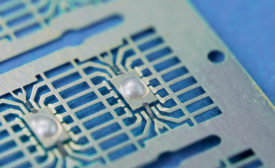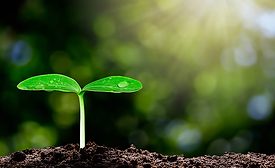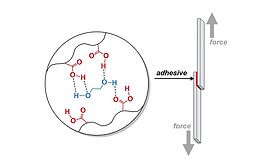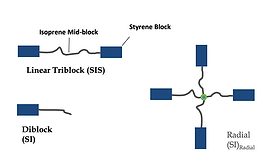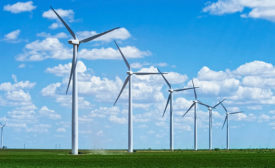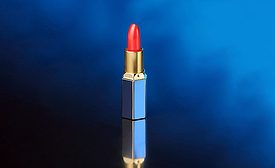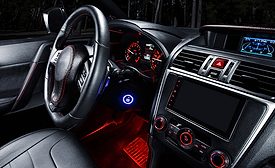Home » bonding
Articles Tagged with ''bonding''
Ask Dr. Dave
Dr. Dave explains why this type of application can often be tricky, particularly due to the large differences in thermal expansion coefficients between the glass, the steel, and the adhesive.
Read More
MASTER BOND: Electrically Conductive Die-Attach Epoxy
EP17HTS-DA reportedly meets NASA low outgassing specifications, and its service temperature extends from -80 to 550°F.
May 5, 2020
Mactac Recognized as BioPreferred Pressure-Sensitive Adhesive Manufacturer by USDA
BioPreferred adhesives must use bio-based and renewable components instead of petroleum-based components.
April 23, 2020
Advancing Adhesives
Making Adhesives Tougher with Weaker Bonds
Researchers have found that adding sacrificial weak bonds can improve the toughness of an adhesive system.
April 21, 2020
Advancing Adhesives
Elastic Strand Bonding without the Use of End-Block Resins
Styrene-isoprene-styrene polymers can be used to eliminate the need for end-block resins in elastic laminate bonding applications.
April 16, 2020
3M: VHB Tape LSE Series
Made of double-sided acrylic foam, the 3M VHB tape LSE series reportedly creates a long-lasting, high-strength bond and performs well across a wide temperature range, providing a durable alternative to ultrasonic welding and other adhesion methods.
April 16, 2020
Ask Dr. Dave
What can I use as an adhesion promoter to a ceramic surface?
Dr. Dave discusses promoting adhesion on ceramic surfaces, as well as curing considerations for anaerobic adhesives.
March 16, 2020
Ask Dr. Dave
Can you recommend a method for bonding aluminum to aluminum for use in an application for continuous immersion in water?
Dr. Dave shares insights regarding challenges and options for adhesive applications involving water immersion.
February 20, 2020
PANACOL: Fast-Curing Epoxy Adhesive for Cosmetic Packaging
According to Panacol, the adhesive can be applied and cured quickly due to its accommodating dispensing properties.
January 30, 2020
MACTAC INDUSTRIAL TAPES: High-Performance Acrylic Adhesive Tape
Macbond HBA724 (IB7372-74) is designed for a wide range of industrial mounting, bonding, and assembly applications.
January 15, 2020
Keep the info flowing with our eNewsletters!
Get the latest industry updates tailored your way.
JOIN TODAY!Copyright ©2025. All Rights Reserved BNP Media.
Design, CMS, Hosting & Web Development :: ePublishing


